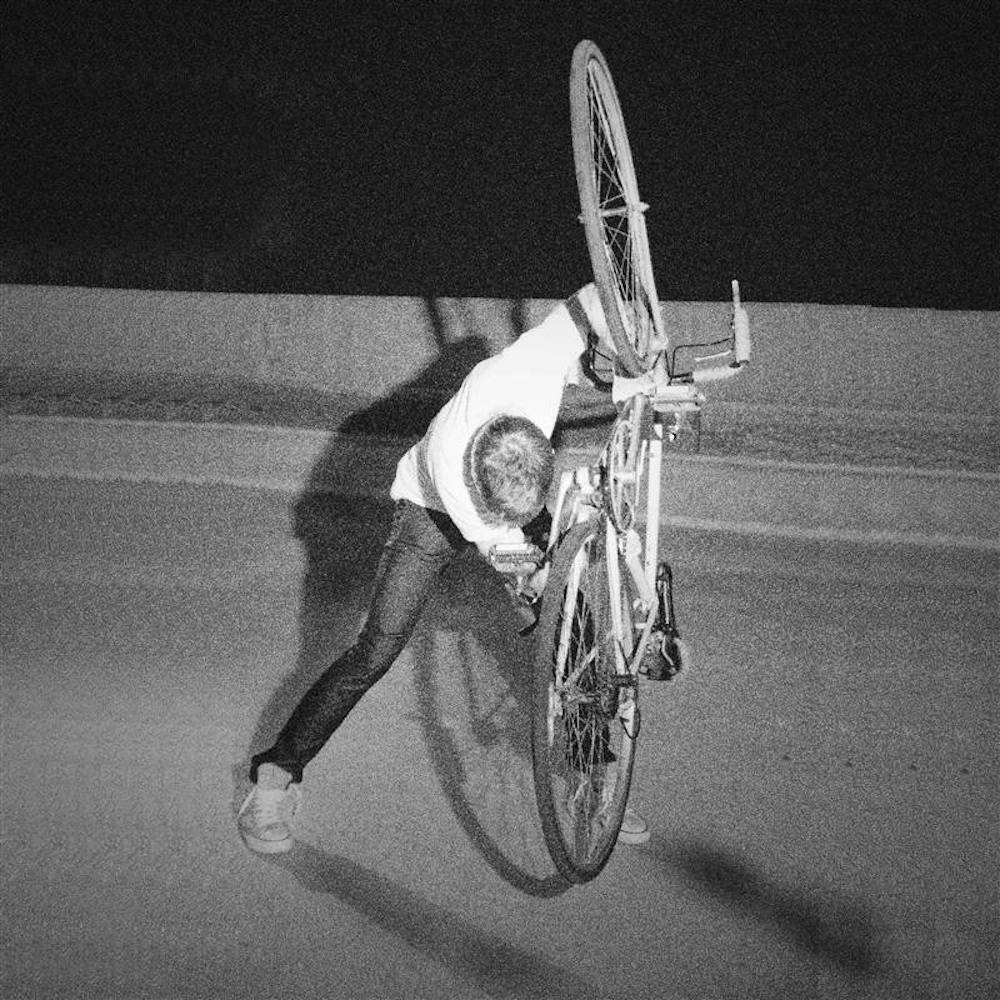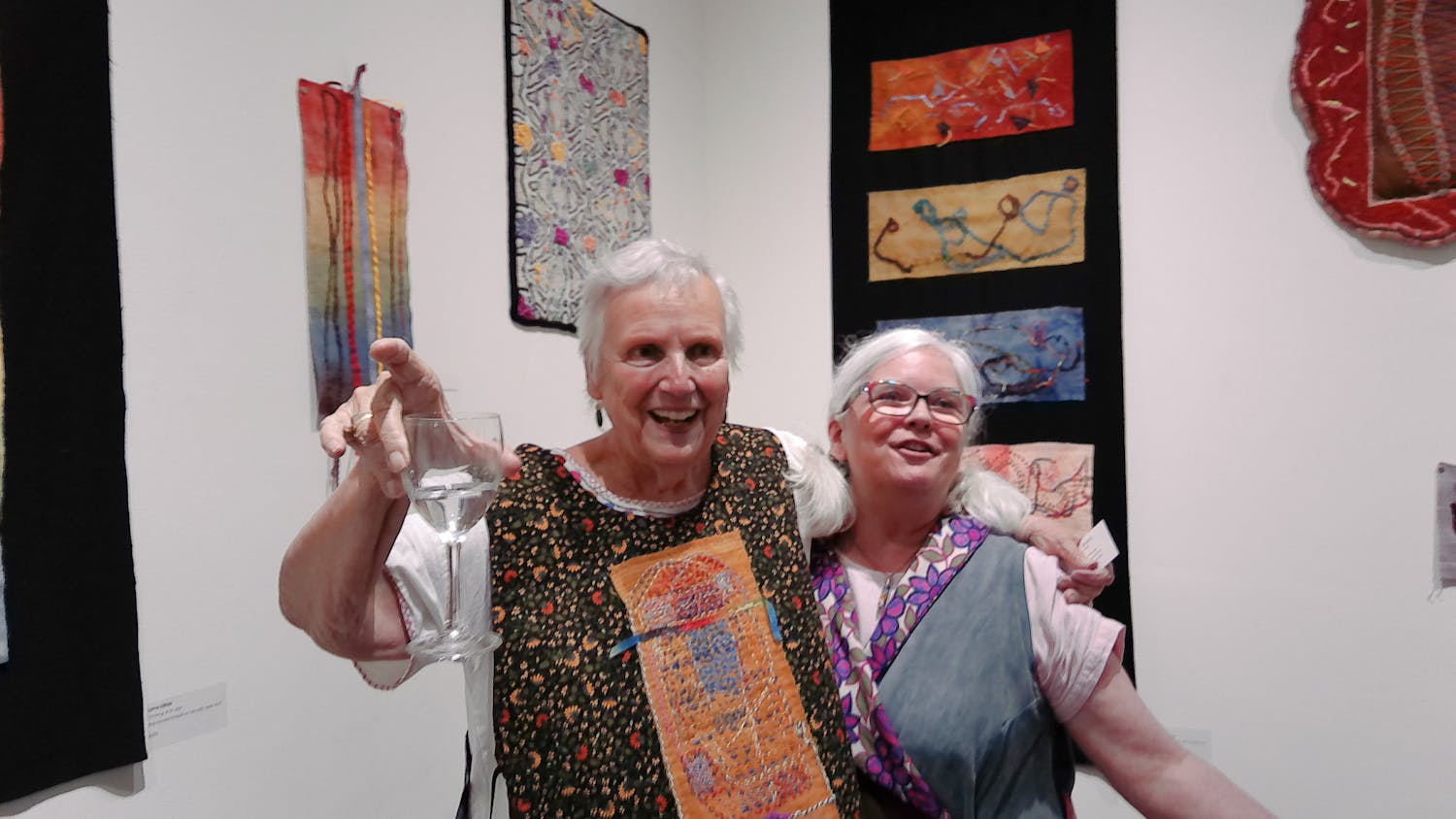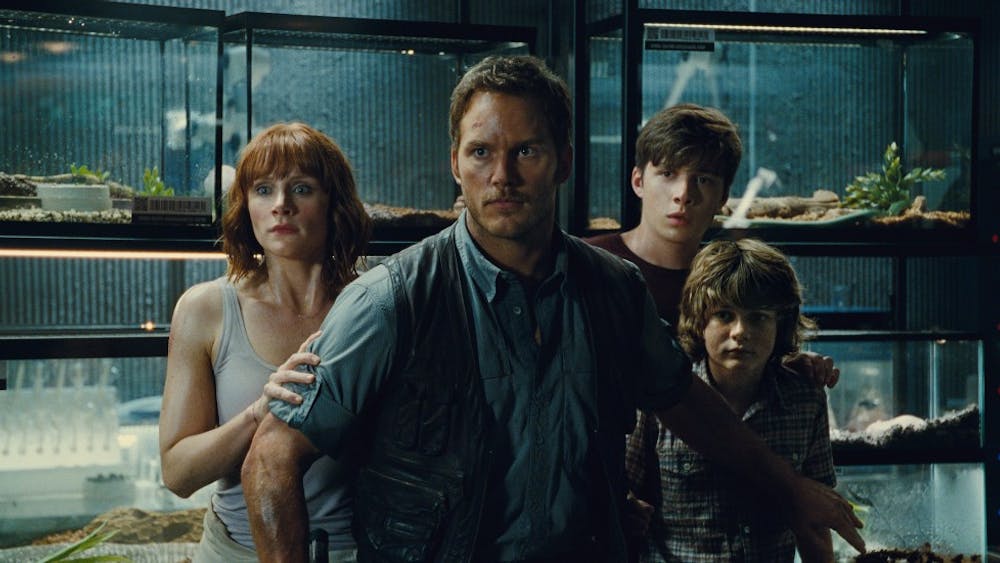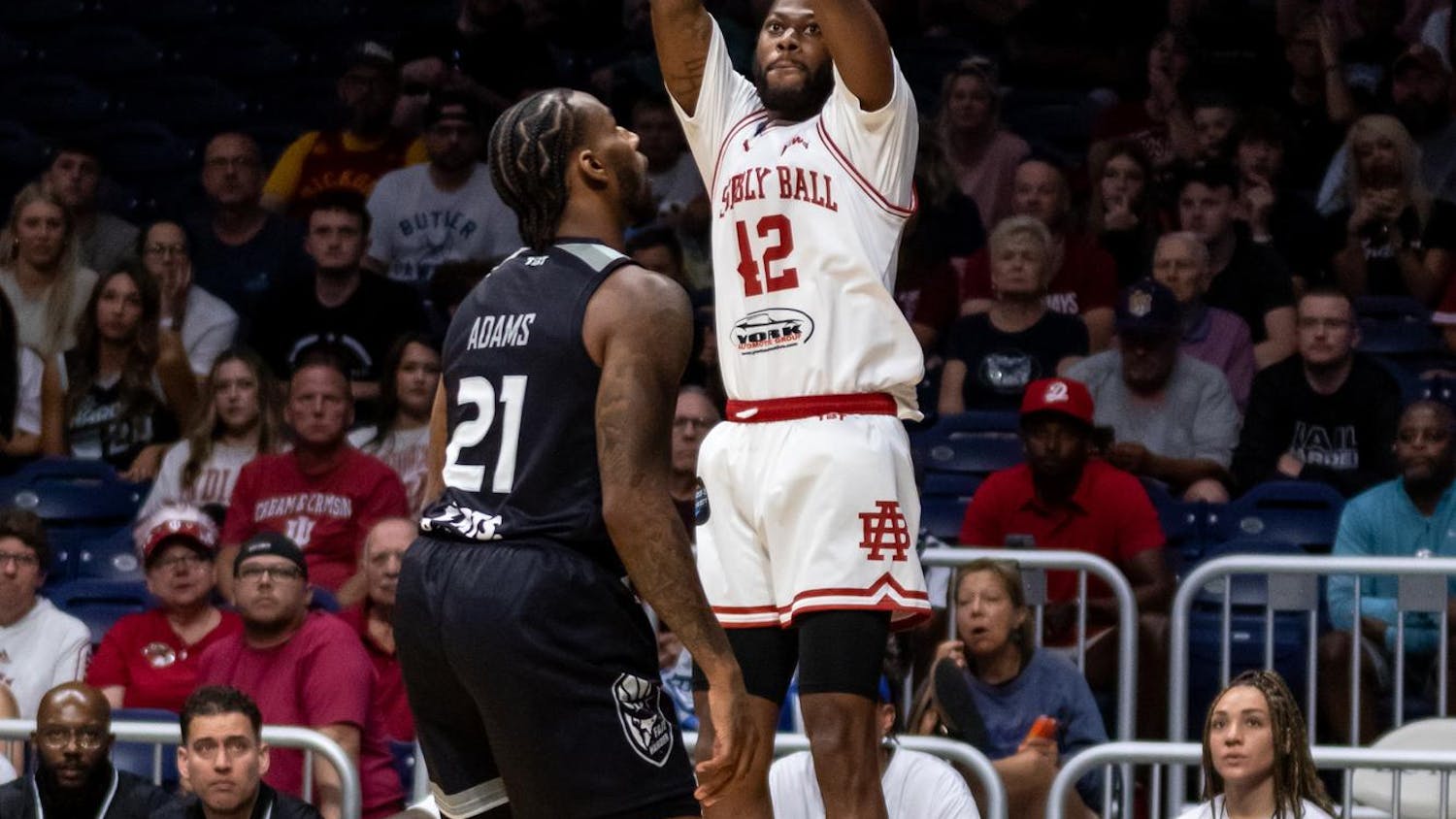From the speeding Coupe de Ville of Chuck Berry’s “Maybelline” to Elvis’ pink Cadillac and the T-Bird of the Beach Boys’ “Fun, Fun, Fun,” few things (besides girls and dancing) were as celebrated in early rock ’n’ roll as the car.
Indeed, “Rocket 88,” by Jackie Brenston and his Delta Cats (a pseudonym for Ike Turner’s Kings of Rhythm), is a 1951 tune about a high-powered Oldsmobile, and is generally regarded to be the first rock song. But the opening decade of the 21st century is many years removed from the 1950s and ’60s. With record-high gas prices, concerns about air pollution and greenhouse gases, traffic congestion, parking costs, inescapable communications technologies, bland interstate highways and homogeneous strip malls – is it possible that car travel no longer rocks?
And, if so, can something else take its place? What about the bicycle?
Sure it’s humble, but then so are blue jeans, T-shirts and sneakers – and they’ve been rock staples for 50 years.
And if there’s anywhere to test whether the bike can out-rock the car, it’s Bloomington. Not only is Bloomington home to the Little 500 and touted as one of the most bike-friendly cities in America, it’s also a god-awful place to drive. There are narrow, antiquated one-way streets that become riddled with potholes after it rains; there is far too much traffic, too many inexperienced drivers, scarce free parking and loads of pedestrians, skateboarders, bicyclists, children, dogs, squirrels and other things that have to be dodged like sprites from an 8-bit video game. And, on top of all this, Bloomington happens to have a rich and dynamic music scene. If bikes are to replace cars in rock, there are few environments more hospitable.
Thus, the question was posed to a wide range of people, from academics and music geeks, to rockers and bike fans: Can the bicycle replace the car in rock ’n’ roll?
For all of Bloomington’s love for pedal-powered transport, the most prevalent answer was an emphatic “No.”
For example, despite being avid bike riders, Heath Byers and Jason Nickey, owners of local record store Landlocked Music, expressed deep skepticism.
“The thing is, the car as an icon has to do with travel and the road as a metaphor for a spiritual journey and change,” Nickey said. “I don’t think it’s a political thing. The bicycle simply cannot carry that same symbolic, mythological weight. It’s an important collective myth and the bike, sadly, is just too rickety an image.”
Byers likewise had his doubts about bikes’ chances.
“Unless, of course, Prince makes a giant comeback with ‘Little Red Schwinn,’” he said.
But why is there such a strong connection between cars and rock?
When asked while working on his bike at the Bloomington Community Bicycle Project, local Sean Fegan suggested that cars would continue to dominate popular music because of their value as a status symbol.
“You don’t have to be rich and famous to get a bike,” he said.
However, Prof. Glenn Gass of the Jacobs School of Music said that, to an extent, it was a matter of timing. The rise of rock in the 1950s coincided with a post-war economic boom that made cars affordable to teenagers. Suddenly teens had a means to give the slip to the constraints of parents and other authority figures. And on their radios, rock ’n’ roll was providing the soundtrack for this newfound freedom.
“Cars had this romantic image of motion,” Gass said, noting that the blues and country music of an earlier generation had similarly idealized the train because of its potential to let people escape and make new lives for themselves. Furthermore, rock and cars served as sexual metaphors, with the roar of engines and the roar of amps lending themselves as masculine means to get the attention of the opposite sex.
“Not to mention making out in the back seat,” he said.
While the “golden era” of cars as a source of freedom had passed, Gass said that the symbol remained and was unlikely to be ceded to bikes. Echoing this, front man Eddy Price of local rockabilly band the Phantom Cruisers argued that because new artists are always borrowing ideas from those who came before them, cars would hold onto their pride of place.
“In the time it would take cars to replace bikes in rock music, neither cars, bikes or rock music will exist,” Price said. “We will all be listening to German techno and flying around with jet packs.”
And yet, while bikes might be unlikely to take cars’ place in rock, they could be carving out their own.
Jeremy Stone, another cyclist at the Community Bicycle Project, said that while songs about bikes would never break into the realm of classic rock, the vehicles were nevertheless tied into the environmentally friendly values of the independent music community.
“They already accept the morals or ethics of bicycles versus cars,” he said. “They’re willing to live a lifestyle that relies on them for transportation.”
Meanwhile, Mike Harpring Jr., drummer for Bloomington pop-punk group Good Luck, said bikes had been catching on as a symbol with underground, do-it-yourself-oriented punk groups because they were something to which their audiences could relate. For kids seeking to live cheap, nonmaterialistic green lifestyles, bikes had become a main form of transportation, and part of a constellation of cultural activities such as dumpster-diving and hanging out on rooftops.
“The subcultural symbols are less leaning to cars and things the ’50s and ’60s were about,” Harpring said. “Bikes are more empowering than cars because of the amount of freedom you have when riding and powering the thing yourself.”
He cited past and present groups such as The Blank Fight; Carrie Nations (note: named for the group from “Beyond the Valley of the Dolls”); Dead Things; Defiance, Ohio; This Bike Is A Pipe Bomb and many bands on the Plan-It-X Records label.
However, the principles bringing bikes into the realm of indie rock received their clearest expression from Chris Barth, front man for psych-rock band The Impossible Shapes and a solo artist under the name Normanoak. While confessing that he wasn’t sure how bikes might relate to rock, Barth nevertheless advocated the benefit of moving from an “unsustainable” car culture to one that uses the bike as the primary form of transportation, and offered to take matters into his own hands.
“I would be happy to write a new song for the bicycle to make it seem more ‘hip’ or more ‘rock ’n’ roll’ than the car,” he said.
Cars v. Bikes

Get stories like this in your inbox
Subscribe





